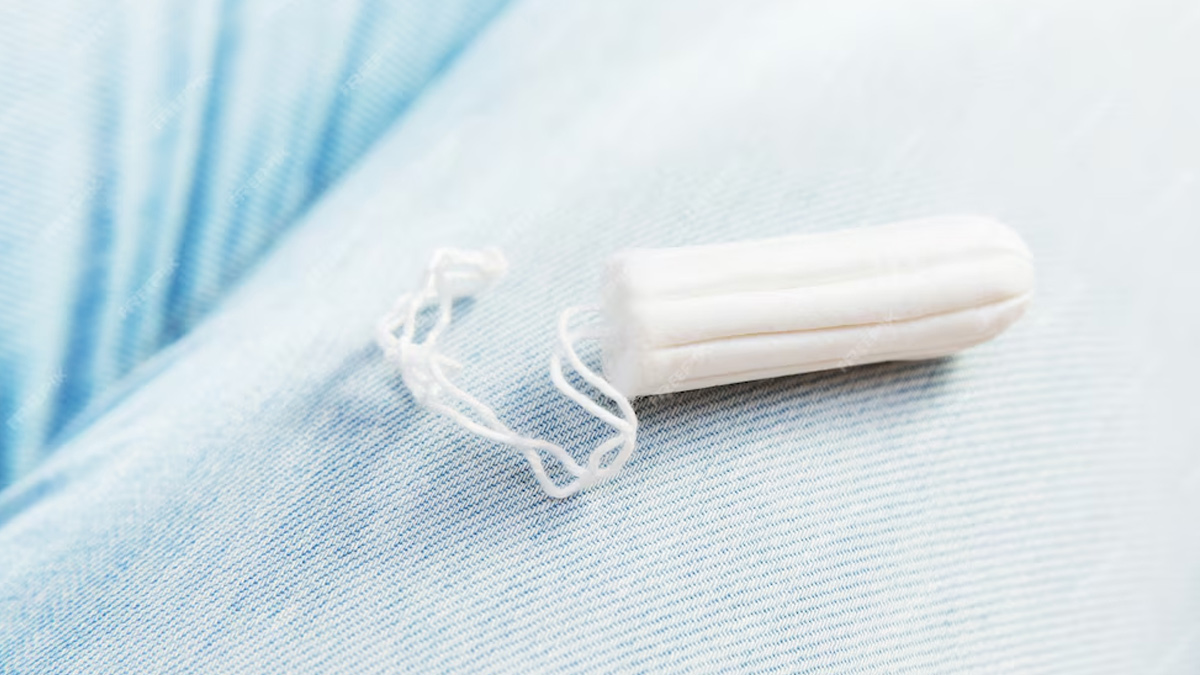
Nowadays it seems like you just can not escape the terrors of heavy metals. From the food we eat to the clothes we wear, heavy metals, toxic chemicals, and carcinogens have taken over our day-to-day lives. Even our tampons are not safe from this exposure.
Table of Content:-
A recent study titled ‘Tampons As A Source Of Exposure To Metal(loid)s’ found lead and arsenic in over a dozen popular brands of tampons in the United States of America. Here is a detailed explanation of what the study found and how it applies to the menstrual health, hygiene, and safety of women.
16 Metals Found In Tampons
The study led by the Columbia University Mailman School of Public Health confirmed that they found 16 heavy metals in a range of commonly available tampons. Toxic metals like lead, cadmium, and arsenic, along with higher concentrations of calcium and zinc were found in the tampons compared to other metals.
Health Impact Of Lead
Alarmingly, the researchers found lead in all the tested tampons. There is no safe exposure level to lead, the study states, adding that any amount that may leach out of a tampon and enter the bloodstream can lead to adverse health effects:
- Lead accumulates in bones, replacing calcium, and can stay in the body for decades.
- Lead exposure is linked to numerous negative outcomes, including neurological, renal, cardiovascular, haematological, immunological, reproductive, and developmental issues.
- Even low-level exposure to lead can cause neurobehavioral problems in both adults and children, such as decreased attention, memory, and learning ability.
Arsenic & Cadmium Health Risks
Arsenic and cadmium are also linked to various health issues:
- Inorganic arsenic is a known carcinogen and is associated with cardiovascular disease, skin conditions, and respiratory and neurological diseases.
- An Indonesian study on the effects of vaginal arsenic exposure in rats found it impacted oxidative mechanisms in the uterus and ovaries.
- Cadmium primarily affects the kidneys and can cause kidney damage; it is also linked to cardiovascular disease.

How Do Heavy Metals Enter Tampons?
The researchers stated that metals can be introduced into tampons through various routes, including during the manufacturing process:
- Raw materials such as cotton, rayon, or viscose may become contaminated during production due to factors like atmospheric deposition and wastewater application.
- Tampons may be contaminated by metals from water used during manufacturing. For instance, water in both the EU and the US can sometimes contain lead.
- Several metals, including calcium, cobalt, chromium, copper, nickel, and zinc might be used as antimicrobial agents designed to release when the tampon absorbs menstrual fluid.
- These metals, along with iron and manganese may also be added for odour control.
- Patents suggest that metals like calcium, strontium, and zinc may be added to tampons as lubricants to aid smooth insertion.
- Metals are also used as pigments to colour tampon applicators or parts of the tampon.
Also Read: #OMHHyperLocal: Heavy Metals Found In Vegetables Grown On Yamuna Bank, Reveals Lab Report

To Use Or Not To Use Tampons?
So, what does this all mean? Can you use tampons, and if not, what is a safer alternative that can also provide the benefits of tampons? Unfortunately, more studies are required to effectively say that tampons are toxic and you should never use them. The researchers concluded that further research is essential to determine whether these metals can leach out of the tampons and be absorbed through the vaginal mucosa.
Without this information, we cannot definitively speculate on the potential health risks to menstruators. A significant challenge in interpreting these assessments is the lack of data on chemical absorption through the vaginal mucosa. Some studies have calculated the risks based on dermal absorption, despite the significant differences between vaginal and skin tissues. However, according to the researchers who conducted this present study, no risk assessments have specifically investigated the exposure to metals via the vaginal route.
Also watch this video
How we keep this article up to date:
We work with experts and keep a close eye on the latest in health and wellness. Whenever there is a new research or helpful information, we update our articles with accurate and useful advice.
Current Version